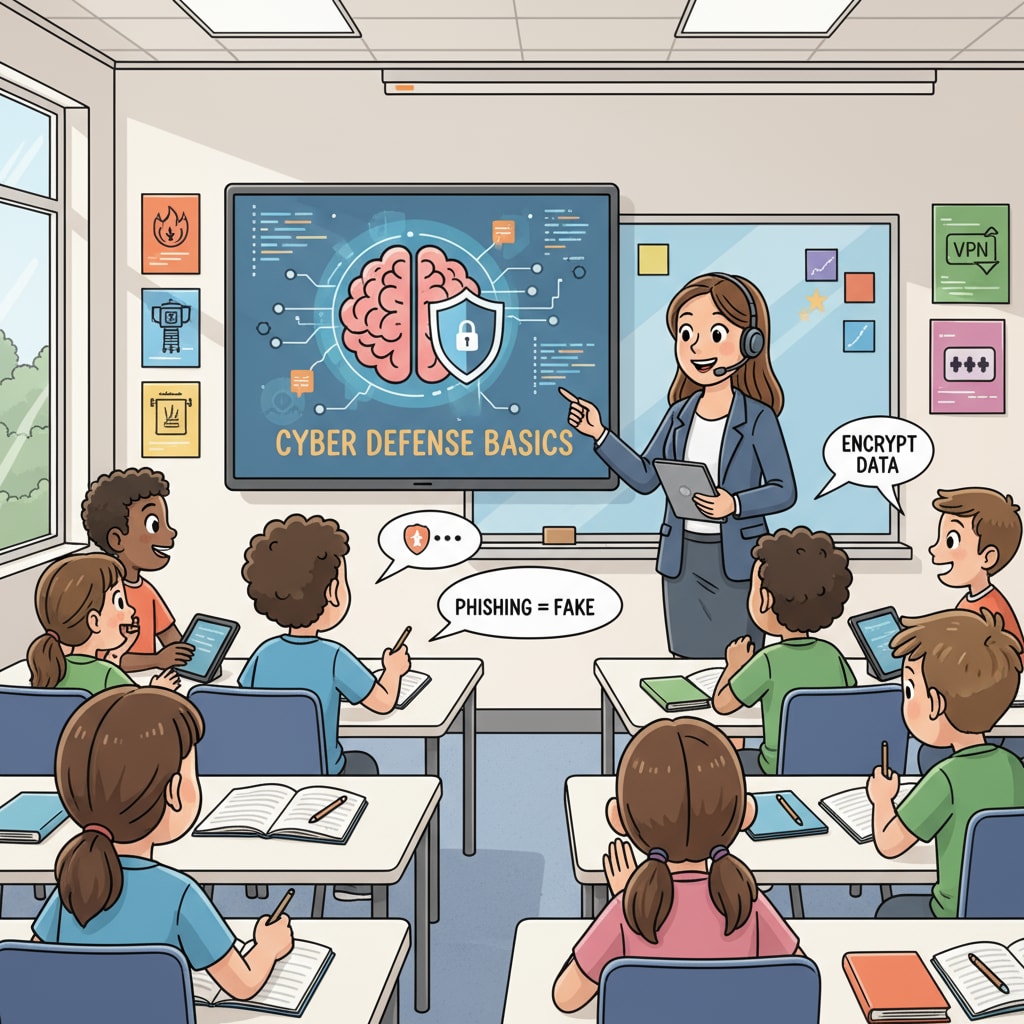Cybersecurity education, student engagement, and CYA Security are crucial elements in safeguarding the digital lives of K12 students. In today’s digital age, where technology is an integral part of education, ensuring students are well-versed in online safety is of utmost importance.

As digital natives, K12 students are constantly exposed to various online platforms, making them vulnerable to cyber threats. Thus, effective cybersecurity education methods are needed to empower them with the knowledge and skills to protect themselves.
The Current Landscape of Cybersecurity Education in K12
Currently, many K12 institutions are incorporating cybersecurity education into their curricula. However, the effectiveness of these efforts varies. Some common teaching methods include traditional classroom lectures, where instructors present information about cyber threats, such as phishing, malware, and online privacy. While this approach can provide a basic understanding, it often lacks the interactivity needed to fully engage students. For example, a study by International Society for Technology in Education (ISTE) found that students tend to be more passive in such lectures and may not retain the information effectively.

Enhancing Student Engagement in Cybersecurity Education
To improve student engagement, educators can draw inspiration from the CYA Security project. This initiative emphasizes hands-on learning experiences. For instance, organizing cybersecurity simulation games can make the learning process more fun and engaging. In these games, students can experience real-world cyber threats in a safe environment, such as trying to defend a virtual network from hackers. Additionally, group projects related to cybersecurity can encourage collaboration and critical thinking. By working together, students can share ideas and learn from each other’s perspectives. As a result, they are more likely to be actively involved in the learning process and better understand the concepts.
Another aspect is to relate cybersecurity education to students’ daily lives. For example, when teaching about online privacy, educators can use examples of social media platforms and how personal information can be misused. This makes the content more relatable and relevant to students, increasing their interest and motivation to learn. Moreover, leveraging multimedia resources like videos and animations can also enhance engagement. Visual aids can simplify complex concepts and make them more accessible to students.
Readability guidance: As seen, short paragraphs and clear examples help convey the ideas. The use of lists and transition words like “for example” and “moreover” make the text easier to follow. Each H2 section presents key points and possible solutions to enhance the effectiveness of cybersecurity education for K12 students.


